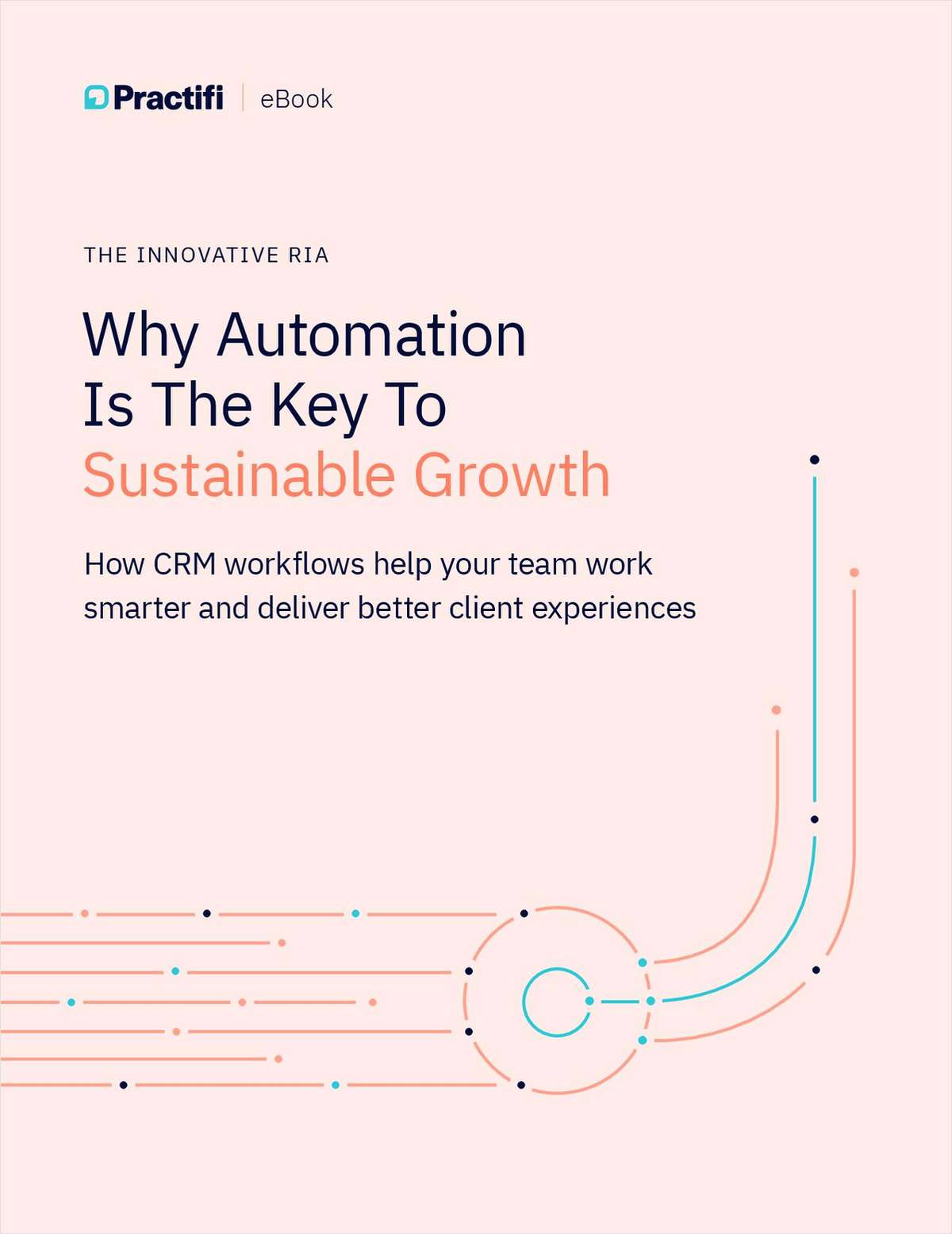
Americans continued to face an elevated death rate in 2023, and the biggest threats for people under 65 were drugs and alcohol, not COVID-19.
The National Center for Health Statistics, part of the U.S. Centers for Disease Control and Prevention, reports in a new batch of mortality data for 2023 that the overall age-adjusted death rate was 750.5 deaths per 100,000 people.
That was 9.4% lower than in 2022, when the COVID-19 pandemic was still killing many people, but 4.9% higher than in 2019, before COVID-19 showed up.
Overall life expectancy was 78.4 years at birth. That was up from 77.5 years in 2022 but still down from 78.8 years in 2019.
Similarly, life expectancy at age 65 was 19.5 years — up from 18.9 years in 2022, but down, slightly, from 19.6 years in 2019.
The numbers were much worse for adults ages 25 through 44, mainly because of substance use.
The death rate per 100,000 lives increased 15% between 2019 and 2023 for people ages 25 through 34, to 148.1, and 19.1% for people ages 35 through 44, to 411.8.



